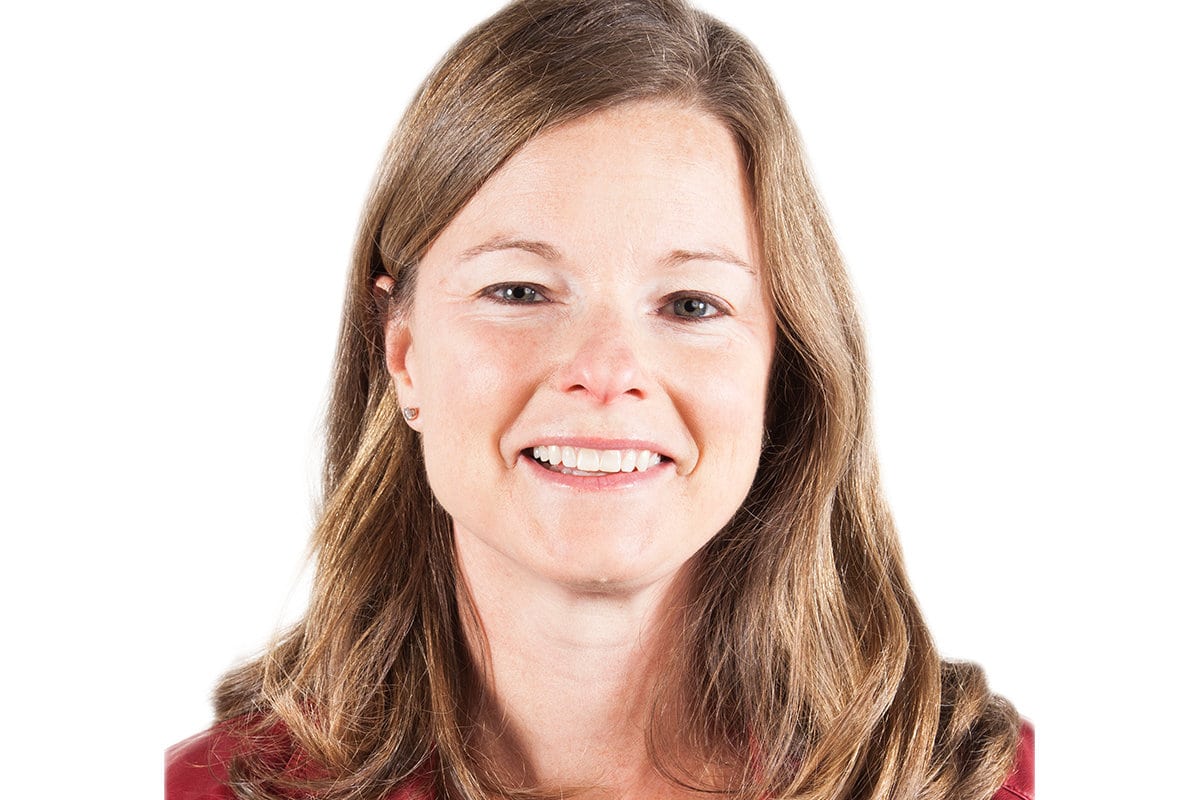
Building the Future Series Shaping Resource Flows: Reclaiming Wastewater for Potable Water Reuse
CEE’s Building the Future Webinar series hosts a presentation and Q&A about the research being done to reclaim wastewater

CEE’s Building the Future Webinar series hosts a presentation and Q&A about the research being done to reclaim wastewater
In the Strategic Directions Distinguished Lecture webinar series, the Department of Civil & Environmental Engineering (CEE) brings together industry professionals, educators and students to discuss important issues that affect communities around the world. Our most recent meeting focused on shaping resource flows.
This webinar consisted of an in-depth presentation from our speaker, Amy Childress. Childress earned her BS and MS in Civil Engineering, and she earned her doctoral degree in Civil Engineering from the University of California. She is also a professor of Civil and Environmental Engineering at the University of Southern California. In this webinar, Childress explained how society is moving “from a use-and-discard mindset to a use-and-reuse mentality.”
Childress presented the current research being done on recycling wastewater and how it can be integrated into water conservation systems that already exist. She explained that the world works with a “OneWater mindset,” considering a water’s quality, and not its history. Learning where our water comes from–whether from the surface, the sea, or a recycling facility– will allow us to isolate and filter each source appropriately. Childress asked the question: “Can one facility’s trash (brine) be another facility’s treasure (water supply)?”
Childress explained how her team at USC has formed a Water Reuse and Resource Recovery Center, with the specific goal of engaging and partnering with consultants and industrial partners. One of the specific areas of focus was to propose new scenarios for integrating desalination with potable reuse.
One of the deciding factors on how to move forward with potable water reuse is reducing brine discharge. The facilities that filter seawater into usable water have to pool leftover brine back into the sea. Childress shared two studies on which her research team focused. The first study consisted of moving the flow of wastewater into a treatment facility and emptying it into the sea to balance out the extreme salinity of the brine that is put back into the ocean. This is an option that could greatly help the future of treating and filtering water, but it is also a demand risk moving forward.
The second study is the one in which Childress and her team have their greatest focus. This study highlighted the treatment of wastewater through a reverse osmosis (RO) system. The end result is a high-quality effluent for potable reuse. Childress said that the consensus is to engage in both wastewater reuse and seawater desalination. She detailed the processes involved in different aspects of her team’s research and concluded that in the long term, “taking an ‘integrated facility’ perspective may help address future energy and environmental concerns associated with the treatment of saline and waste waters.”
The final portion of the webinar was a Q&A section with panel guests Meagan Mauter and Beverley Stinson. Mauter is an associate professor at Stanford University. She has her BS and MS in environmental engineering, and she earned her PhD in chemical and environmental engineering from Yale. Stinson is the executive vice president and global water business line leader at AECOM. During the panelist Q&A, Mauter spoke on the idea of zero brine discharge. She said that it is the desired direction, but is not cost-effective or possible to execute at this time. Stinson added that there are many projects focusing on this end result right now. The focal points of this research are to try and find value in the brine discharge and to pay attention to the different types and uses of various water qualities.
U-M CEE is proud to host the Distinguished Lecture series and looks forward to more sessions in the 2022-2023 academic year, with industry professionals, students, staff and faculty. We appreciate all the information and guidance our special guests provided and look forward to joining everyone in our next series of webinars.